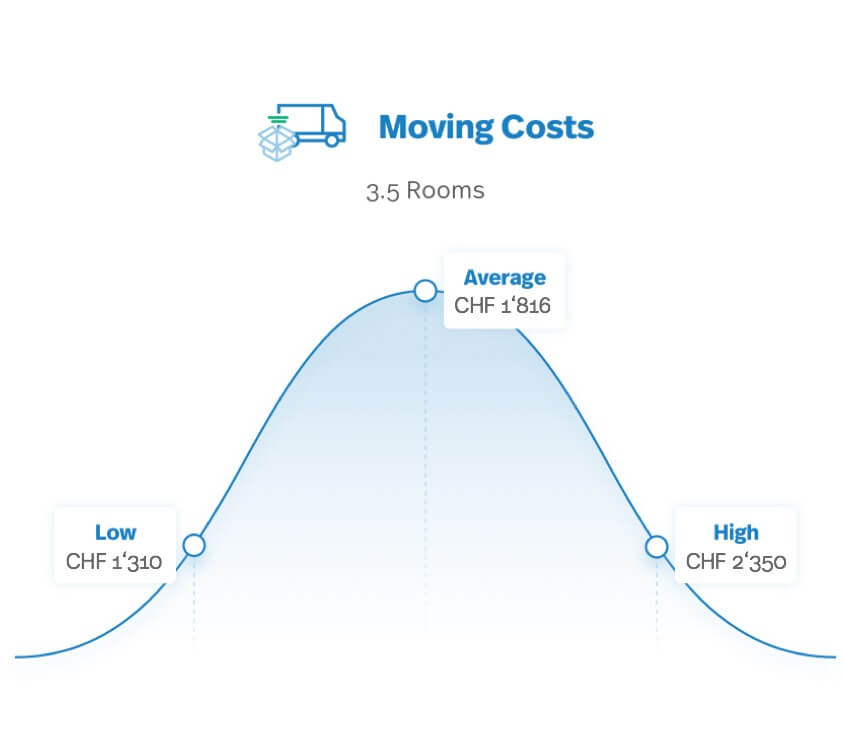Whether you’re moving for a lifestyle change, understanding the process can save you time, money, and headaches.
Whether you’re moving a small apartment or relocating an entire home, this guide will help you navigate the process confidently.
By the end, you’ll know the key steps and insider tips to make your interstate move successful and stress-free.
What Makes Interstate Moving Unique?
When you cross state lines, your move falls under federal regulations, typically overseen by the FMCSA (Federal Motor copyright Safety Administration).
You also need to account for different transport rules in each state.
Understanding the scope of an interstate move prepares you to budget more accurately, manage your time better, and set realistic expectations for delivery and setup.
How to Select the Right Interstate Moving Company
Selecting the right interstate moving company is crucial for a successful relocation. Start by checking for proper licenses and insurance—legitimate companies must have a USDOT number issued by the Department of Transportation.
Compare not just the price, but also the included services: Does the quote cover packing, loading, unloading, insurance, and delivery timeframes?
Trust your instincts: if something feels off or too good to be true, it probably is.
What Determines the Price of an Interstate Move?
Another key factor is the weight or volume of your shipment; heavy or bulky loads increase both transport and handling fees.
Additional services can also raise the bill.
Planning ahead and informing your Quanto custa para fazer uma mudança de casa? moving company about these conditions helps avoid surprise charges on moving day.

How to Plan and Organize Your Interstate Move
Proper planning is the foundation of a successful interstate move. Start by creating a timeline—ideally 8–12 weeks before your move date.
Decide what to sell, donate, or discard to reduce weight and save on moving costs. Less volume often translates to lower transport fees, so decluttering pays off.
This ensures you’re comfortable and organized even if your shipment is delayed or you need time to unpack.
Understanding Your Moving Options
Partial-service movers let you pack your own boxes while they handle transportation and heavy lifting, reducing costs.
Container services (like PODS) offer flexibility: you load the container yourself, and the company transports it across state lines.
Are you moving fragile antiques or just standard furniture?

How to Prevent Problems During an Interstate Move
Many people wait too long to book movers, only to find limited availability or higher rates.
Always verify USDOT numbers, insurance policies, and read contracts carefully before committing.
Invest in proper materials, label every box, and consider letting professionals handle specialty or high-value items to avoid costly mistakes.
Budget-Friendly Strategies for Interstate Relocation
Every extra pound adds to the total bill, so sell, donate, or recycle items you no longer need.
Don’t settle for the first estimate; gather at least three and negotiate if possible.
Lastly, consider doing part of the work yourself.
Final Thoughts on Moving Between States
From selecting a mover to managing costs, each choice shapes the outcome of your move.
Investing time in research, comparing services, and preparing in advance pays off during a long-distance relocation.
Best of luck on your journey to a new home!
FAQ About Interstate Moving
How can I save money on an interstate move?
Comparing multiple quotes and moving during off-peak seasons also helps lower costs.
What’s the best timeline for booking interstate movers?
It’s best to book movers at least 6–8 weeks in advance, especially during busy seasons.
Are there things I can’t include in an interstate move?
Always check with your moving company for a detailed list of prohibited items.
What insurance options are available for long-distance moves?
Review your coverage options carefully and understand the claims process before moving day.
Can I track my belongings during an interstate move?
Ask your company about their communication methods and tracking options.